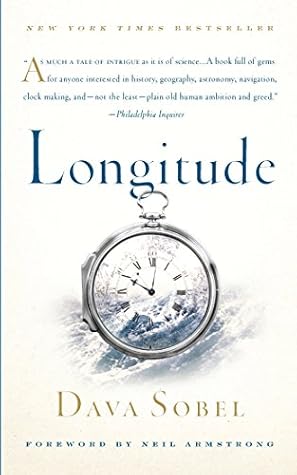More on this book
Community
Kindle Notes & Highlights
by
Dava Sobel
Read between
June 30 - July 5, 2020
Time is to clock as mind is to brain. The clock or watch somehow contains the time. And yet time refuses to be bottled up like a genie stuffed in a lamp. Whether it flows as sand or turns on wheels within wheels, time escapes irretrievably, while we watch. Even when the bulbs of the hourglass shatter, when darkness withholds the shadow from the sundial, when the mainspring winds down so far that the clock hands hold still as death, time itself keeps on. The most we can hope a watch to do is mark that progress. And since time sets its own tempo, like a heartbeat or an ebb tide, timepieces don’t
...more
In these late-night tests, the Harrisons’ clocks never erred more than a single second in a whole month. In comparison, the very finest quality watches being produced anywhere in the world at that time drifted off by about one minute every day. The only thing more remarkable than the Harrison clocks’ extraordinary accuracy was the fact that such unprecedented precision had been achieved by a couple of country bumpkins working independently
One of the innovations Harrison introduced in H-3 can still be found today inside thermostats and other temperature-control devices. It is called, rather unpoetically, a bi-metallic strip. Like the gridiron pendulum, only better, the bi-metallic strip compensates immediately and automatically for any changes in temperature that could affect the clock’s going rate.
A novel antifriction device that Harrison developed for H-3 also survives to the present day—in the caged ball bearings that smooth the operation of almost every machine with moving parts now in use.


